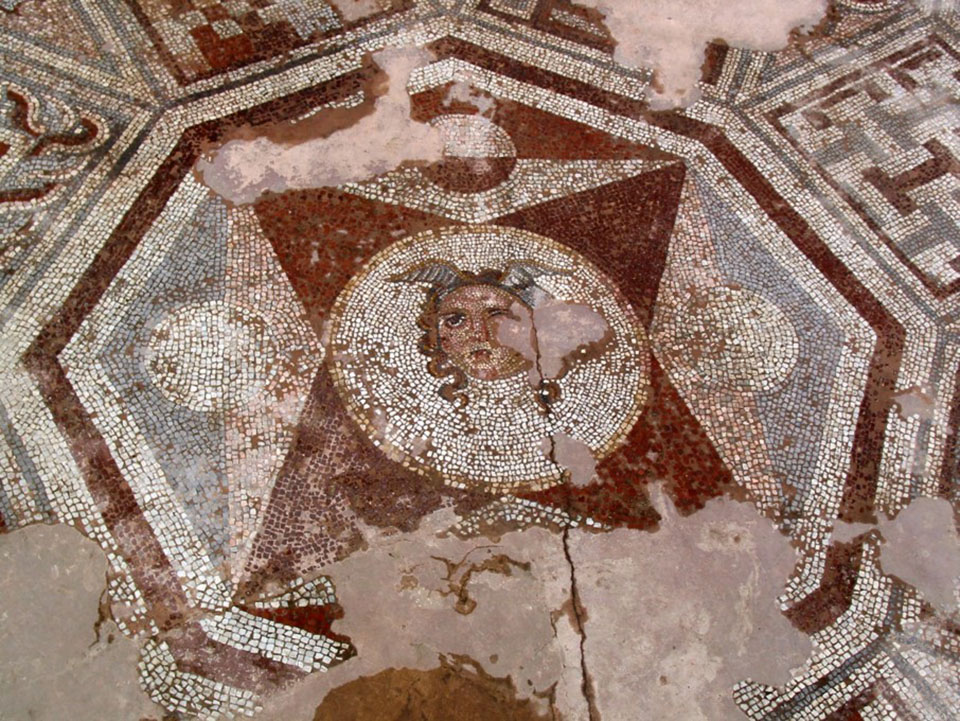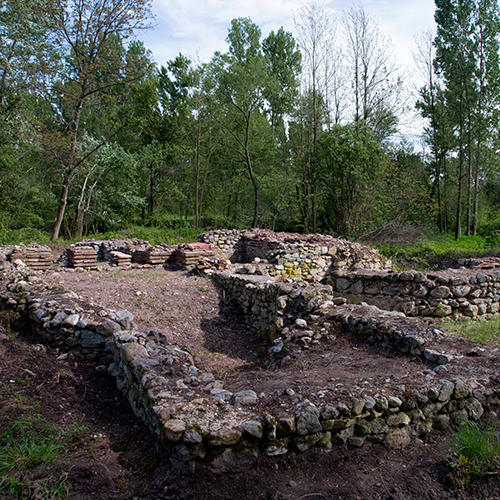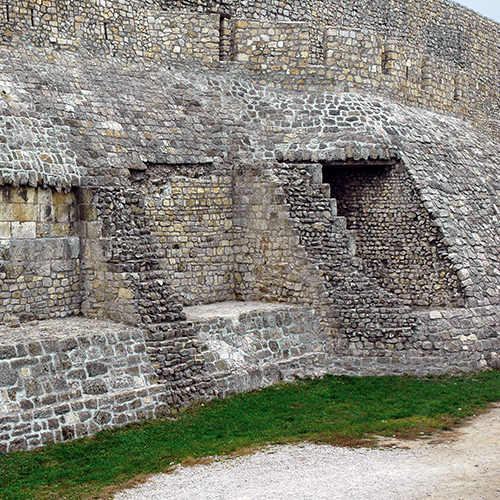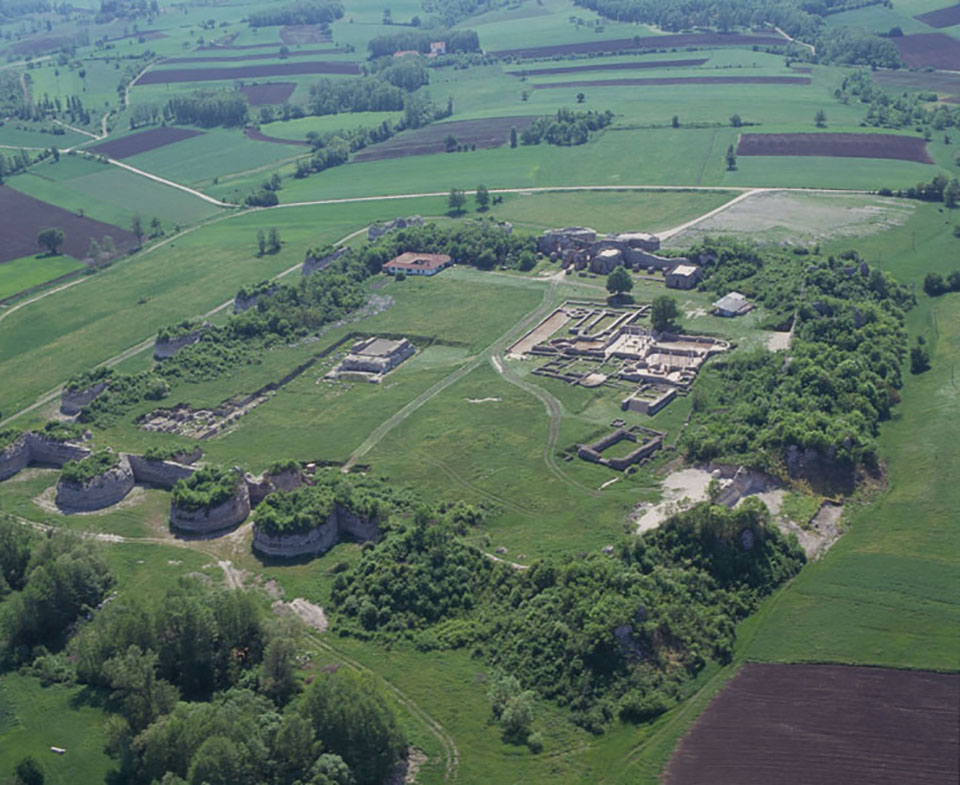SIRMIUM – SREMSKA MITROVICA
The remains of the Roman Sirmium are located below Sremska Mitrovica, a small city on the Sava river, about 70 km west of Belgrade. The Roman city was founded in the 1st century on the site of indigenous settlements. Sirmium became a Roman colony in 89, during the reign of Emperor Domitian. In the following period,
GERULATA-MIROČ
The Roman site of Gerulata in the village of Miroč on the mountain of the same name, in the territory of the municipality of Majdanpek, includes a small Roman fortification - a castle and a civilian settlement, which protected the road that connected the valley of the Poreč river and the ancient Taliata (Taliata) near Donji
NAISSUS – MEDIANA
The archaeological site of Mediana is an open-type settlement located about 4 km east of Niš (Naissus). It developed from an agricultural farm to a luxurious administrative-residential complex with buildings of various purposes. It was the birthplace of the Roman Emperor Constantine the Great who, in the period between 317 and 334, often stayed in the
VRELO – ŠARKAMEN NEAR NEGOTIN
The Roman site of Vrelo is located 4 km west of the village of Šarkamen, which is located about 20 km northwest of Negotin, in eastern Serbia. Šarkamen is a fortified residence, and the memorial complex with a mausoleum and the tumulus are dated to the beginning of the 4th century and are ascribed to the
TIMACUM MINUS – RAVNA NEAR KNJAŽEVAC
The Roman fortification of Timacum Minus was the administrative centre of the Roman mining area, and is dated from the mid-1st to the mid-5th century AD. The site is located on the left bank of the Beli Timok river, about 400 m east of the village of Ravna, which is 10 km northwest of Knjaževac, in
SINGIDUNUM – BELGRADE
Ancient Singidunum is a Roman city founded at the confluence of the Sava and the Danube, by the development of a military settlement built next to the castrum of the IV Flavian Legion.
NAISSUS – NIŠ FORTRESS
The building with an octagon is located inside the Late Antique fortification of Naissus, modern Niš, on the locality known as “Gradsko Polje”, and present a luxurious public building with rich architectural plastic, fresco painting and mosaics. Based on the position and monumentality of the building with an octagon, it can be assumed that it was
FELIX ROMULIANA – GAMZIGRAD
The fortified palace of Emperor Galerius represents the best preserved work of Roman architecture in the whole territory of Serbia. In 2007, this site was inscribed on the UNESCO World Heritage List.









